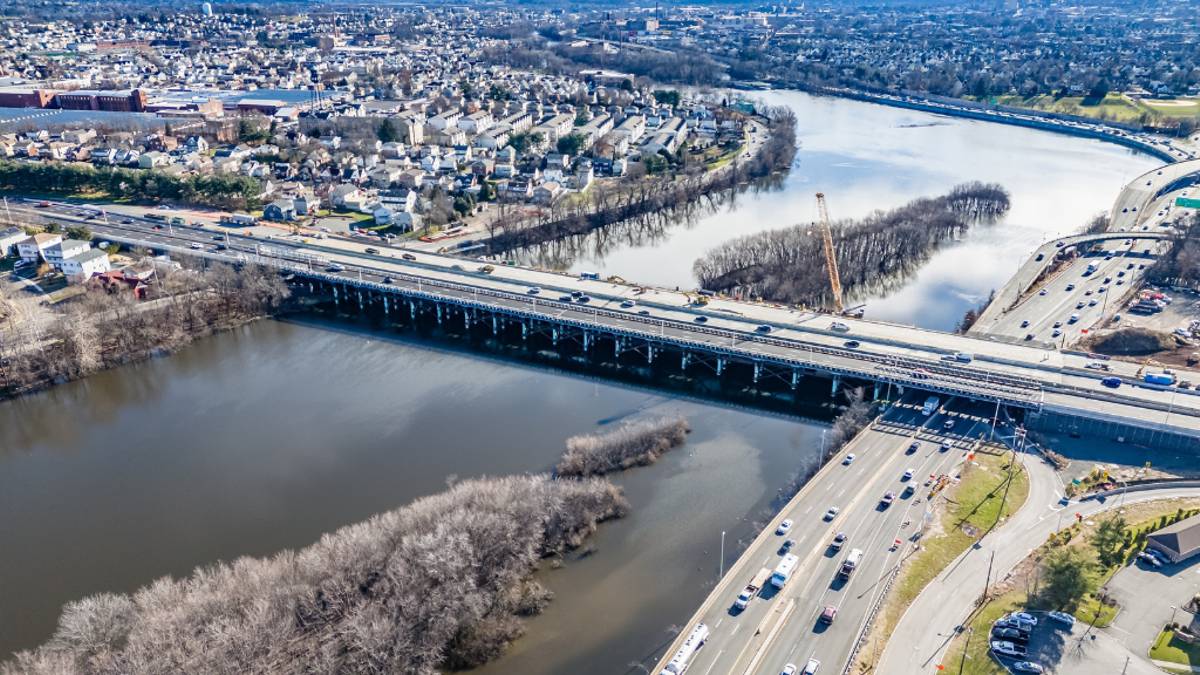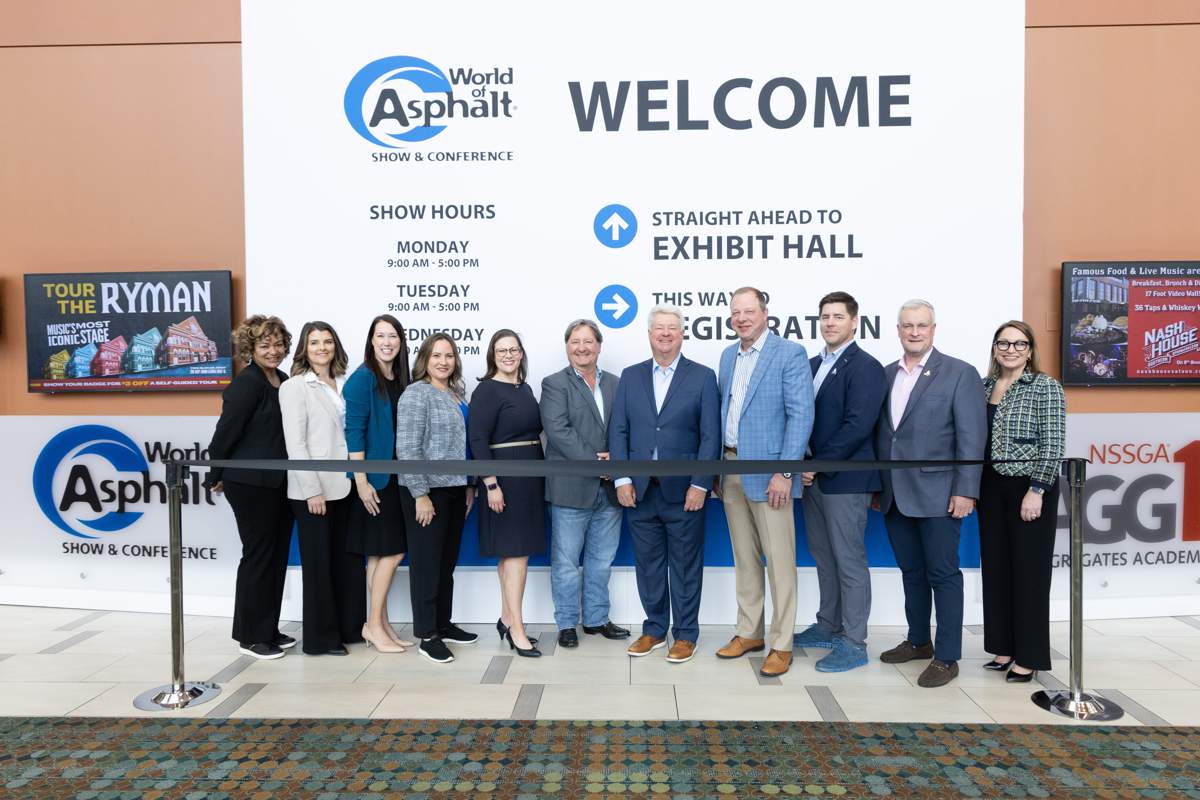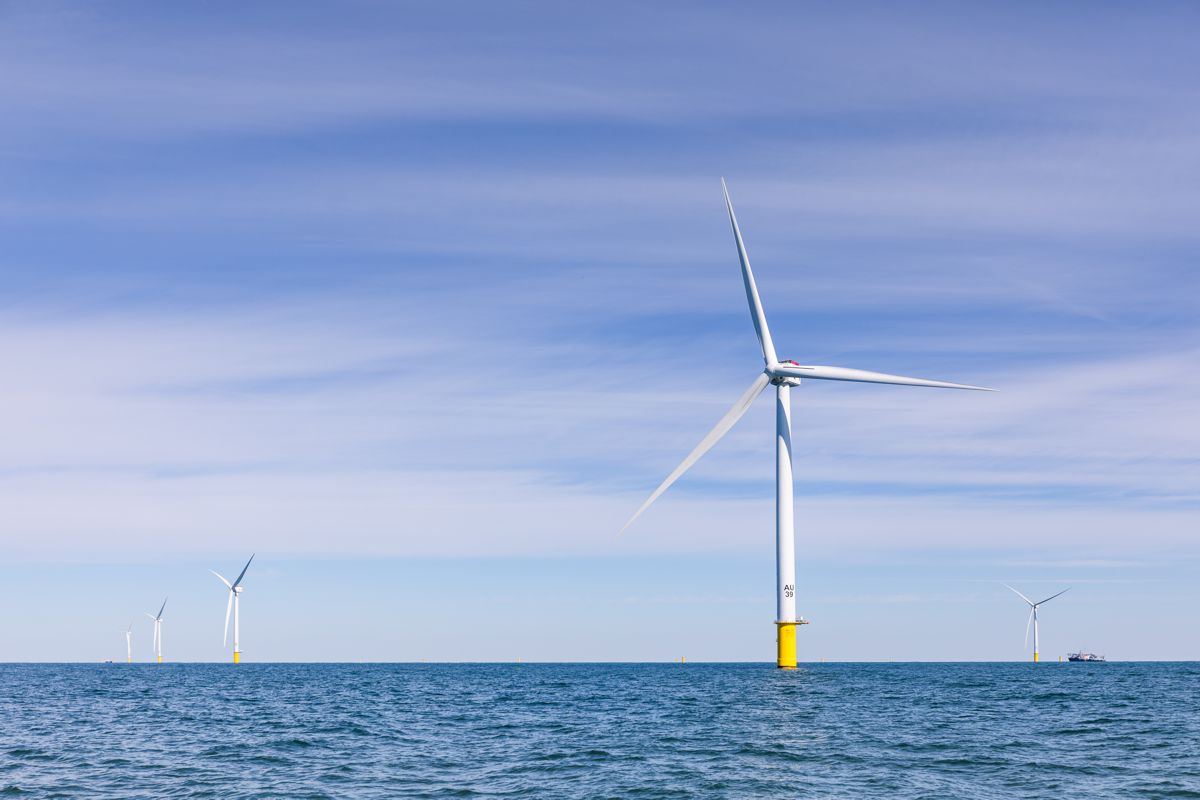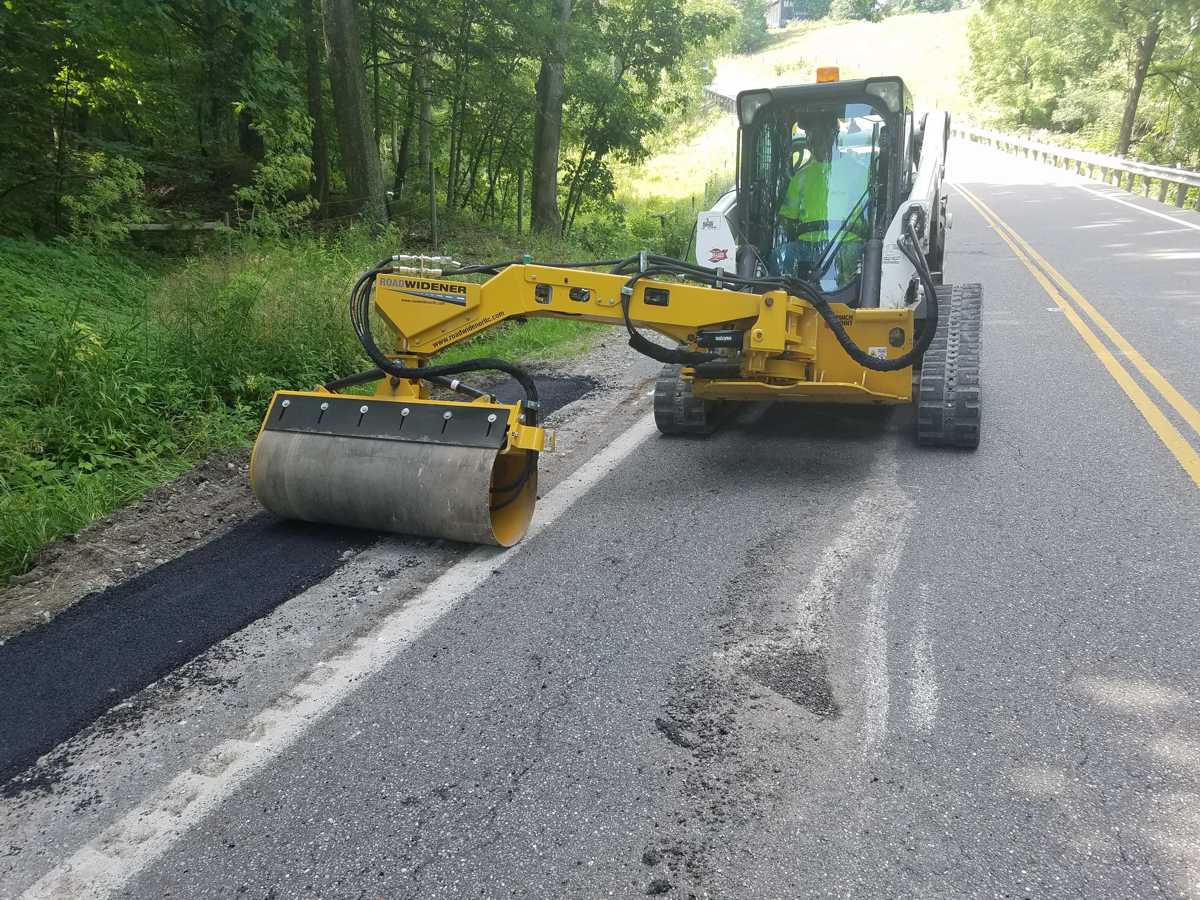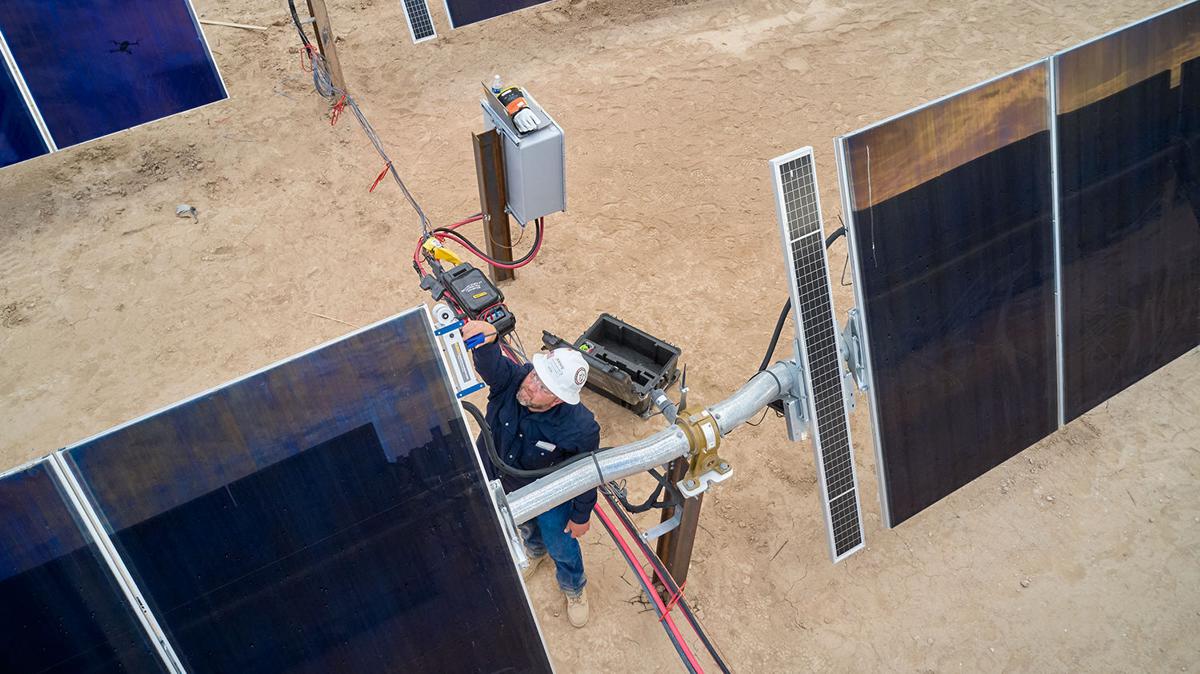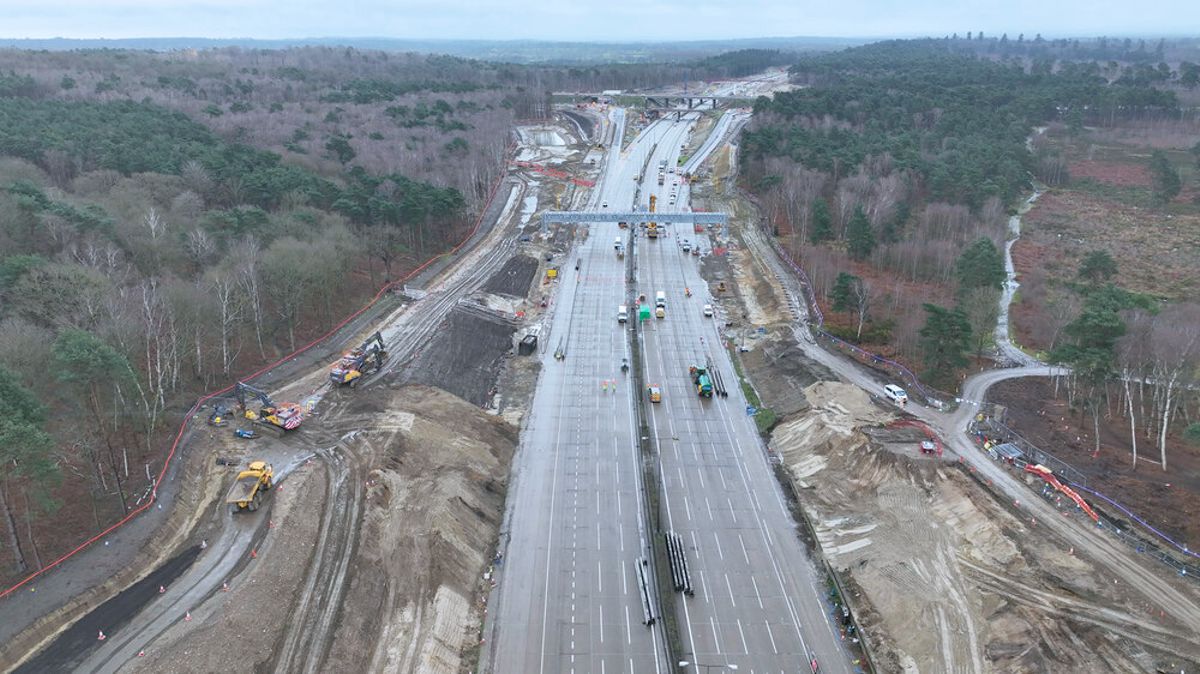Elliott Bay Seawall wins Washington Project of the Year
The Washington Chapter of the American Public Works Association (APWA) recently named the Elliott Bay Seawall project the 2017 Project of the Year in the Disaster or Emergency Construction/Repair category for a project valued at more than $75 million.
The award recognizes excellence in management and administration for the successful completion of a public works project.
Parsons was the prime consultant on the Elliott Bay Seawall that stretches 1.5 miles along the downtown Seattle waterfront. The corporation provides overall program management and serves as the engineer of record, delivering design and construction support services to the project team. To meet the aggressive schedule for this one‑of‑a‑kind waterfront resiliency project, the Parsons design team used Parsons’ in‑house construction resources to inform project design, means and methods, construction sequencing and staging, as well as estimating and risk evaluation.

“Parsons’ engineering and project management approach gave the City of Seattle the added value of independent construction expertise coupled with a team focused on providing a full suite of services to ensure that all project elements were closely coordinated and delivered on schedule,” said Michael Johnson, Parsons Group President. “That’s the extra-mile service for which Parsons is known.”
With the original 75-year-old Seattle seawall at risk of collapse in an earthquake, the new Elliott Bay Seawall will be seismically resistant and protect the city’s downtown waterfront from wind-driven waves and the erosive tidal forces of Puget Sound and Elliott Bay. It will support and protect State Route 99, rail lines, the ferry terminal, and major public and private utilities, including power for downtown Seattle and the western seaboard. In addition, the project will restore the salmon migration corridor and improve the marine ecosystem along the seawall.

The Elliott Bay Seawall Project – Foundation of Downtown Seattle’s Waterfront
For more than 75 years, the original Seattle seawall—built between 1916 and 1934 using 20,000 old-growth timber piles—protected the city’s waterfront, but due to seismic vulnerability, aging, and the harsh marine environment, the structure had deteriorated and needed replacing. In 2012, the City of Seattle hired Parsons to deliver the replacement seawall to protect critical city infrastructure, reduce risk of seismic damage, improve the salmon migration corridor, last more than 75 years and act as the foundation of Seattle’s future waterfront.
Providing Overall Program Management
Parsons’ scope of work included environmental clearances and permits for 6,800 linear feet of seawall replacement and full design and construction support services of 3,400 linear feet of seawall replacement. The project also includes design and construction of ecological features, a habitat beach, the new seawall, a restored roadway, and a promenade along the waterfront. Parsons provided extensive coordination with stakeholders, adjacent business owners, historic pier owners, the Colman Dock Ferry Terminal, the Seattle Aquarium, partner agencies, third-party utilities, and regulatory agencies.

Coordination on the project during design required hands-on management by each technical discipline lead as well as the right tracking tools. To accomplish this task, Parsons used a tiered meeting approach to closely coordinate all elements of the project and keep it moving forward by maintaining a 6-week look-ahead schedule, issues and action item log, and risk register. This approach actively involved the design team, environmental team, outreach team, right-of-way team, and procurement team, many of which had concurrent and overlapping milestones.
In addition, the design solution had to meet the habitat goals and design-life criteria while addressing many other interests along the waterfront, including pier access, urban design elements, compatibility with future phases, ongoing maintenance and operational requirements, emergency access, and construction. Through extensive coordination and collaboration, the team incorporated a typical wall design application with 8-foot wall segments that will accommodate the varying existing and future needs. This method provided flexibility to meet temporary and permanent construction needs such as utilities, pier access, pre-cast construction elements offsite, and modular elements that can be inspected.

Project Innovations
The new seawall is a gravity structure that combines a soil-cement improvement and seawall superstructure into a single structural system. Soil-cement, constructed using jet grout to stabilize liquefiable soils that are vulnerable to seismic events, was designed and built in a cellular pattern to stabilize the ground and serve as the foundation of the new seawall. The seawall was designed in pre-cast units and cast-in-place slab; together, the soil improvements and seawall elements behave as a single structural system. The habitat improvements incorporate light-penetrating sidewalk panels that allow sunlight to reach the marine mattresses constructed below. Together, the elevated mattresses and the light will provide for enhanced salmon migration and nearshore habitat for Elliott Bay.

In addition to the innovative, single-structure system, the project design deliberately ensures that the replacement is a sustainable asset with flexibility to accommodate future phases. This feature provides the city with agility to make additional changes to a waterfront that offers a harsh and unyielding environment and is often prone to change, while enhancing the marine wildlife habitat.
Specific innovations of the structure include:
- Use of precast structural elements.
- Regulatory approval for beneficial reuse of jet grout spoils.
- Enhanced corrosion protection measures.
- Service-life modeling of the seawall structure.




